Hampton Bay Mena 54 in. White Color Changing Integrated LED Indoor/Outdoor Matte White Ceiling Fan with Light Kit and Remote Control
Select warm white, soft white or daylight color temperature. QuickInstall ABS blades perfect for covered outdoor settings. Integrated dimmable LED is maintenance free, no bulbs to replace.
Add a touch of modern elegance to your living spaces with the 54 in. Mena ceiling fan by Hampton Bay. This versatile fan is damp rated, making it perfect for covered outdoor locations like porches and patios, and it looks great indoors as well. The powerful 21.5-Watt integrated LED light kit is dimmable and also allows you to choose between 3 different light temperature settings – warm white, soft white, or-daylight. Installation is a breeze with QuickFit installation features like a slide-on mounting bracket, magnetic light kit with pre-attached shade, and Quick Install blades.
- Integrated dimmable 21.5-Watt LED module with Color Changing technology
- Choose from 2700K, 3,000K or 5,000K light output settings
- QuickFit installs 50% faster compared to traditional fans
- Quick install magnetic light kit attaches in-seconds
- Modern styling with matte white finish and 5 matte white blades
- Quick install ABS blades attach in-seconds with no screws necessary
- Shatter resistant frosted white plastic shade
- Convenient remote control included
- Powerful 3-speed reversible motor
- Easy receiver plug wire harness quickly connects fan to remote receiver
- Dual-mount fan can be installed on flat or angled ceiling (with extension downrod sold separately)
- Damp rated for use in covered outdoor locations like porches and patios
- Lifetime motor warranty
- Finishes shown are representative of the item. Actual finish may vary slightly.
Additional information
| Dimensions | H 16.80 in, W 54.00 in, D 54.00 in |
|---|---|
| Downrod Length (in.) | 6 |
| Fan Blade Length (In.) | 25.3 |
| Fan Blade Span (in.) | 54 |
| Fan Blade Width (In.) | 5.3 |
| Certifications and Listings | FCC Listed, UL Listed |
| Manufacturer Warranty | Lifetime Motor Warranty |

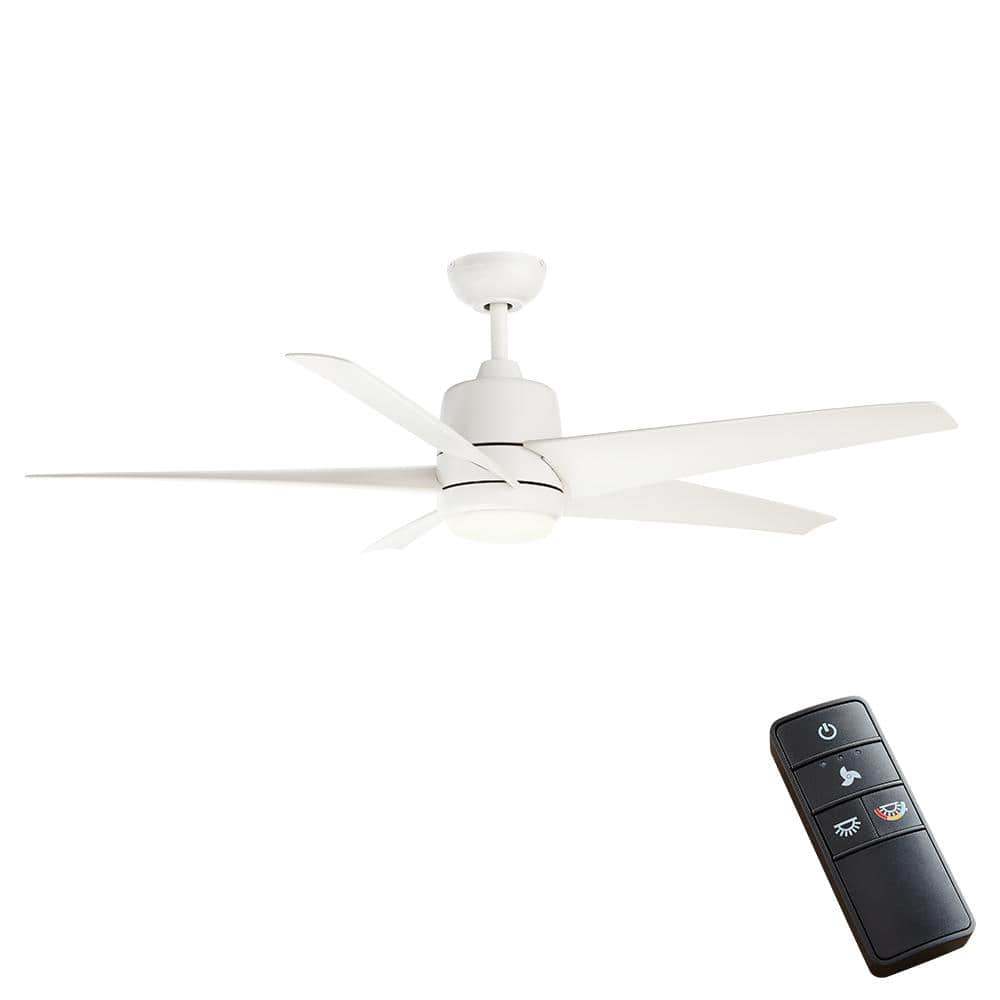
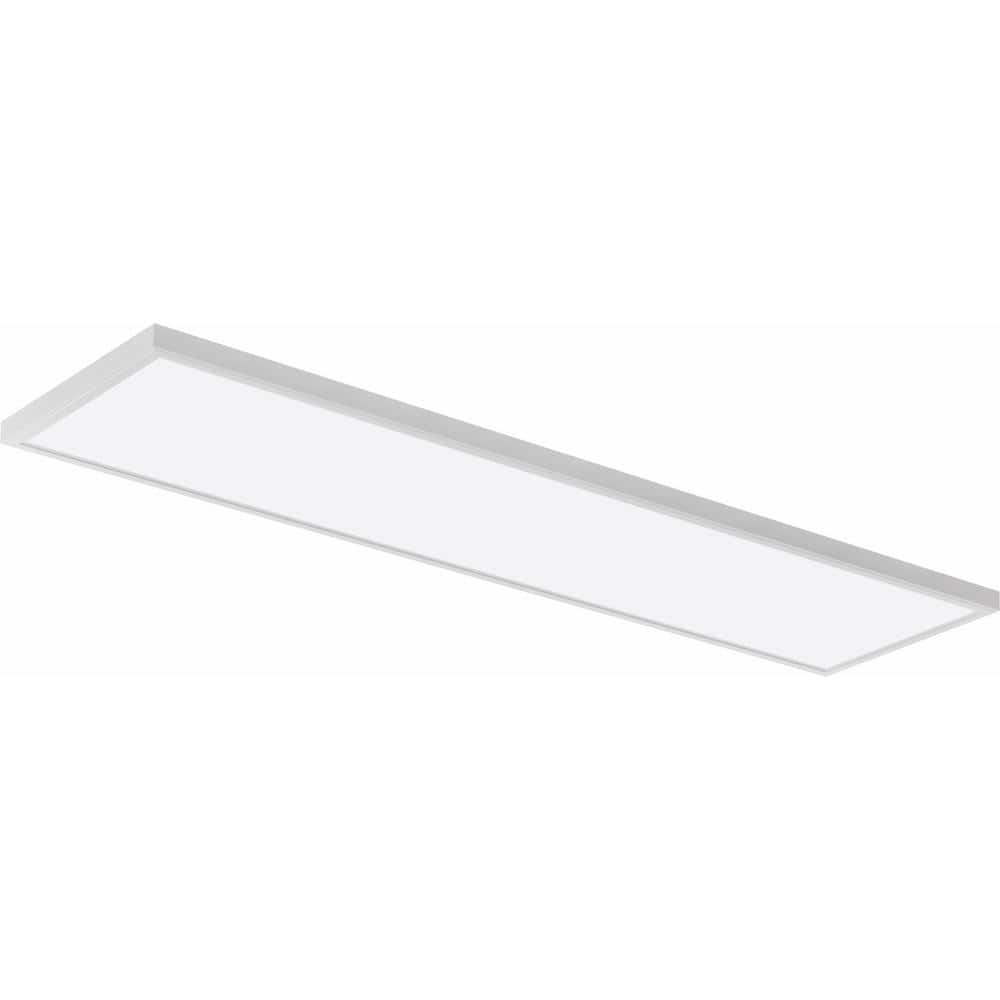
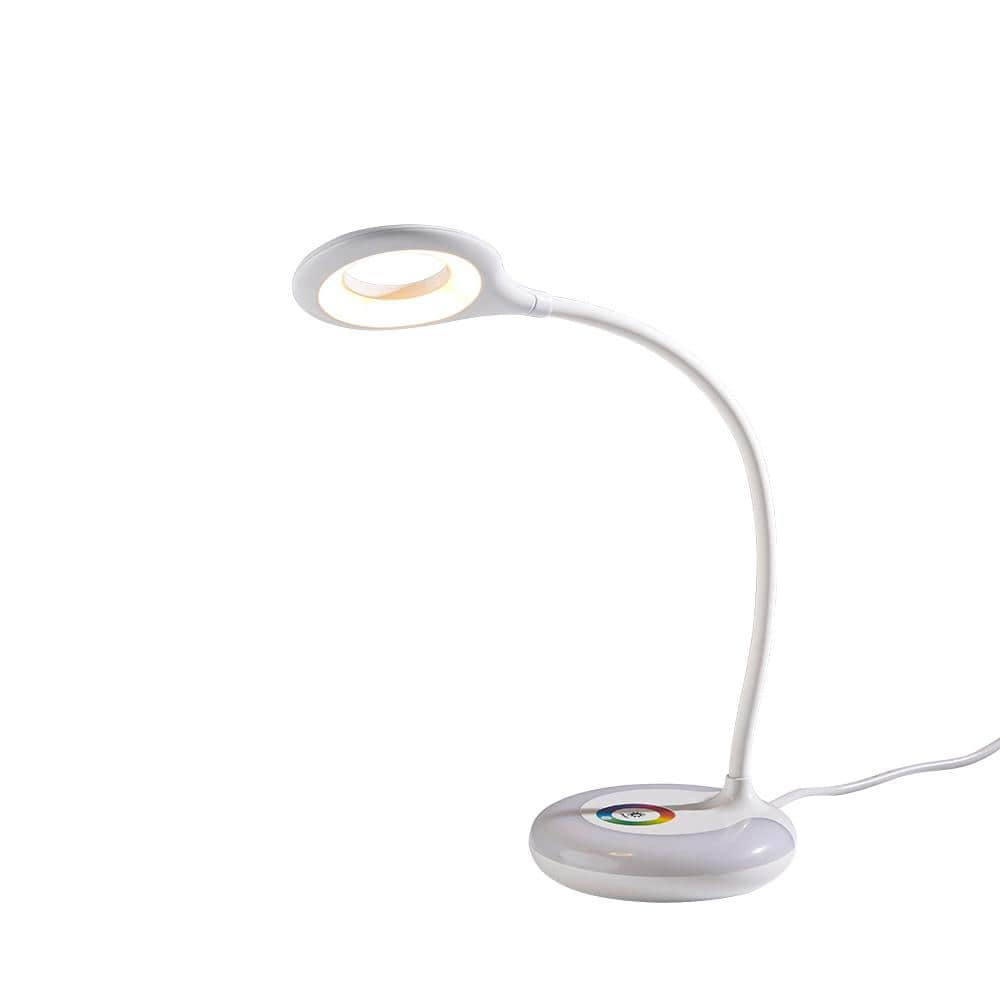
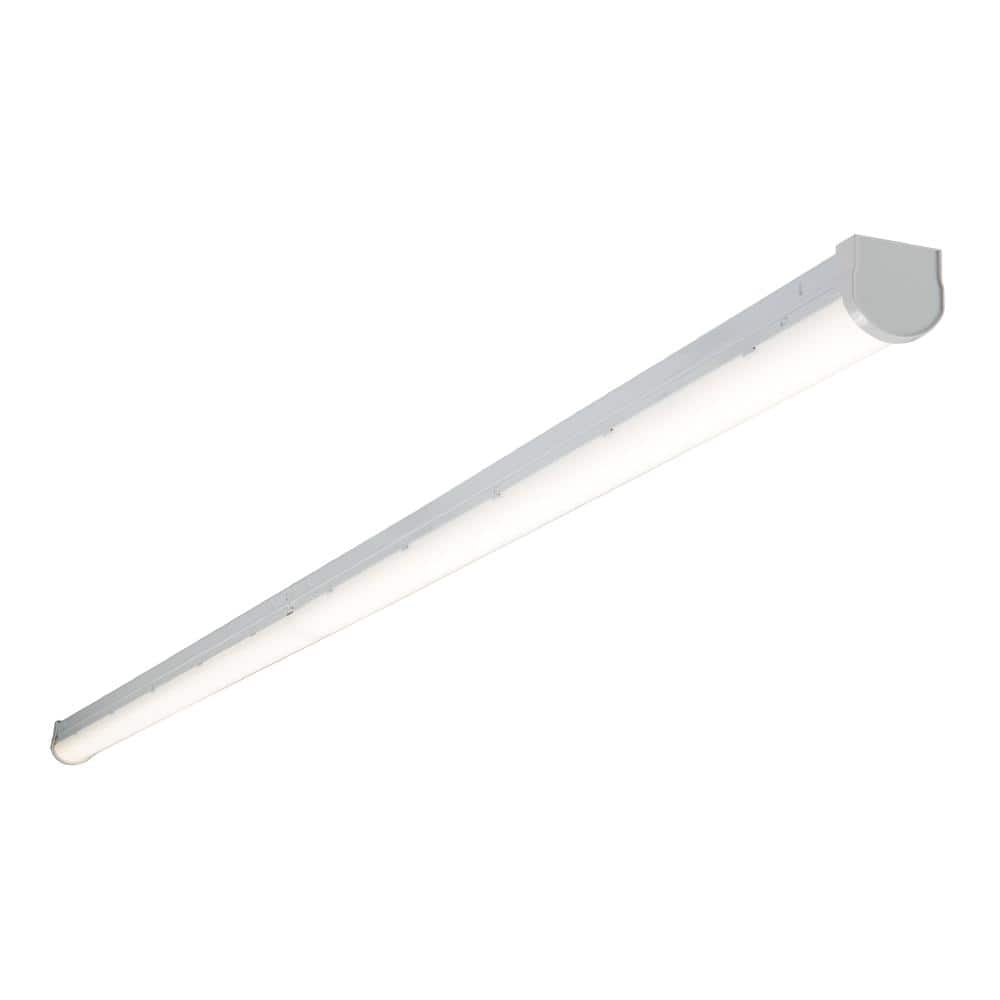
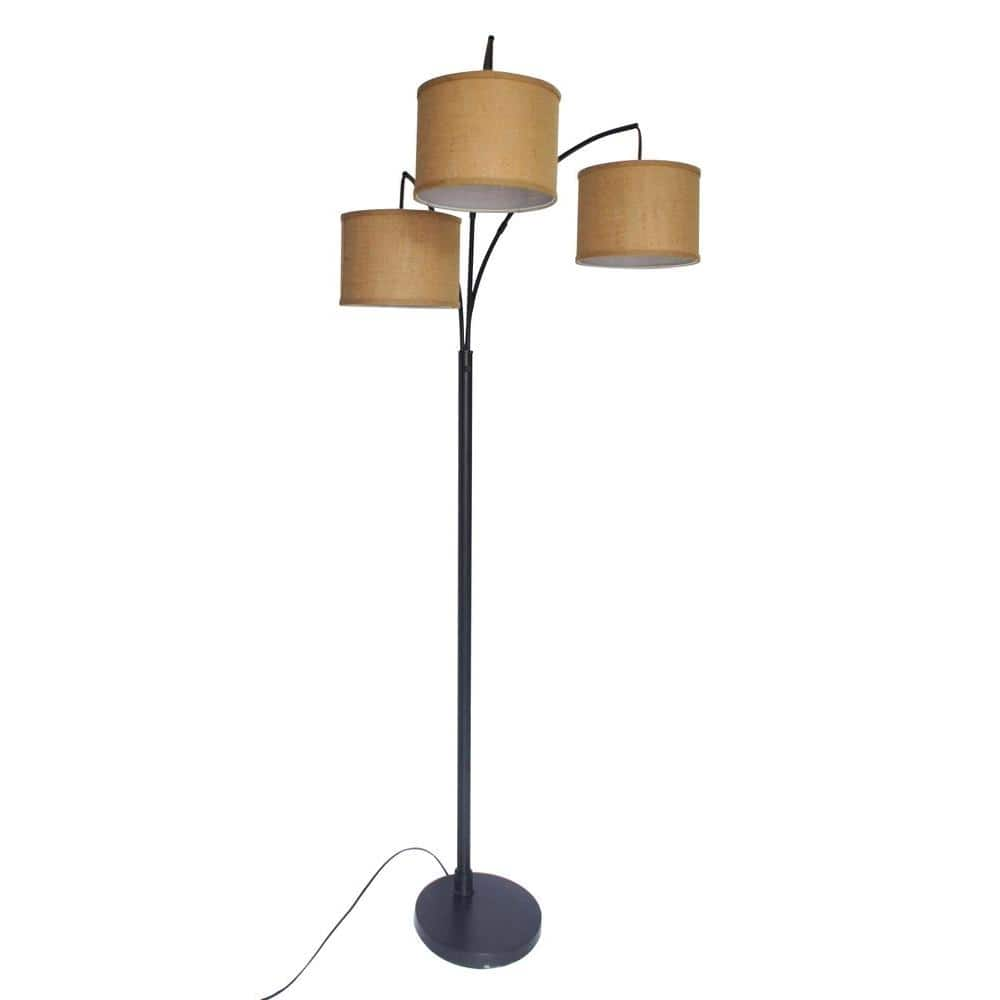
by John
Matched two others in our home.
by Bob
Just installed this fan. Much easier install than the last few I’ve installed with clear written instructions and diagrams. Blade install is simple as well. Air circulation is great. Our last Hampton Bay fan just gave up the ghost after 22 years of reliable usage. Thanks Hampton Bay!!
by Karen
Installed 2 fans in the family room and used video to be able to use 1 remote. One light is daytime and one is warm white – how to I match them?
by Scott
This white 54″ fan is pretty good but could be better. Air movement is pretty good, although the HD ad says the CFM is well over 5000, but the actual box says just over 4600 CFM. Either way it moves more air than most ceiling fans this size including Hunter ! The one LED light is ok on some settings, but the low (2500/2700K) and the middle 3000K is NOT that different ! (the middle should be at 3500K !) The high is at 5000K which is too hospital white, BUT….. the light is dimmible ! Low & high speeds have no noise, but the middle speed in either direction, well… there seems to be a slight/faint knocking sound. But all in all, from unboxing to using & enjoying, it didn’t take long to set up & install. A real score of about a 3.75 star rating is for this ceiling fan with remote.
by Paola
Some one else installed for me but indo like it a lot.